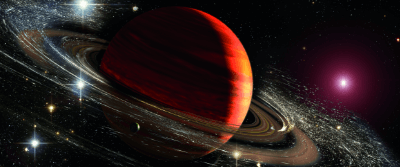The Other Space Race: Moons of the Solar System

By Tom Wright
When you gaze into the night sky and look at the moon, do you ever wonder how that view would change if you were on a different planet? Mercury, for example, doesn’t have any moons. Venus has such dense cloud cover that you wouldn’t be able to see the sky. Even if you could see the sky, Venus doesn’t have moons. But if you were on Mars, you would see two, Phobos and Deimos.
And what about the outer planets? Neptune has 14 moons and Uranus has 27. Until 2018, Jupiter was leading the charge at 95, but over the past few years Saturn passed Jupiter and is now credited with a whopping 146 moons. Just think, there’s always a full moon and a new moon in the Saturnian sky.
Capturing the Moon
The latest batch of Saturn’s moons was discovered using a technique called “shift and stack” in which multiple pictures of the moons are taken and layered on top of each other. This gives an enhanced image and allows objects that are barely detectable in a single picture to be amplified and enhanced, helping astronomers see smaller and smaller moons. This process takes over two years to complete because pictures must be taken over time to eliminate any objects that are simply passing by Saturn and not orbiting it.
This technique has been previously used on Neptune and Uranus, but a study from 2019 through 2021 was the first time it was used on Saturn. A team led by Dr. Edward Ashton initiated the project at the University of British Columbia and used the Canada-France-Hawaii Telescope (CFHT) mounted on top of Mauna Kea in Hawaii. Through the shift and stack process, this team was able to identify 63 moons—some as small as 1.5 miles in diameter.
Competing for the Lead
Saturn is the first planet to have more than 100 discovered moons. It should be noted that a similar study has not been performed on Jupiter yet, but it’s only a matter of time before it’s examined with the same techniques.
Will Jupiter jump back into the lead? Will Saturn retain its crown as the planet with the most moons? We won’t know the answer to this question for years to come, but for the time being, Saturn is the reigning king of the solar system.